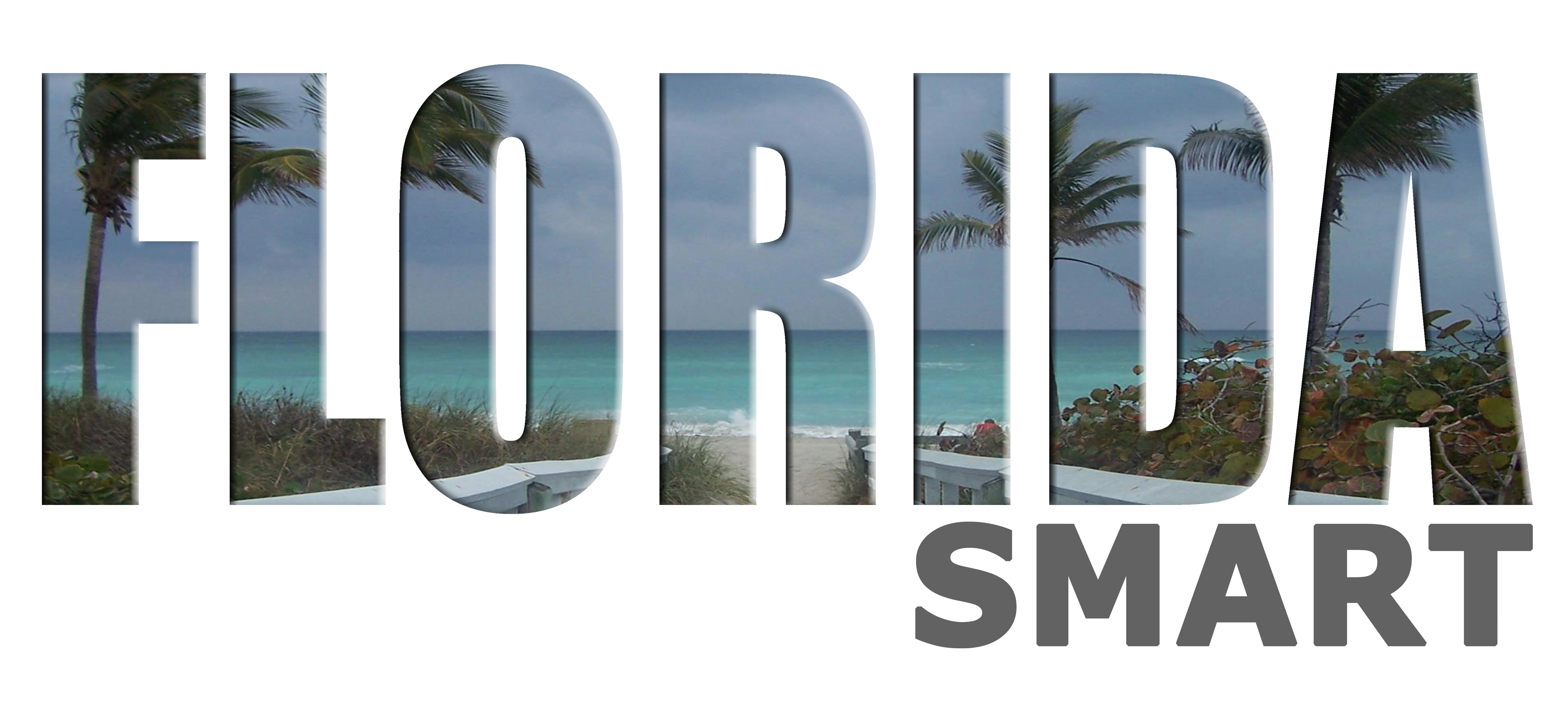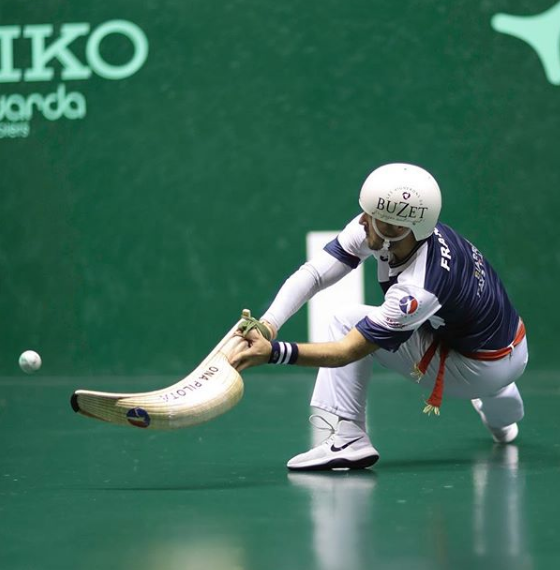The “merry festival” rises with the Florida sun. But will it ever set?
In 1925, Ernest Hemingway travelled to the Basque cultural region in Spain and filled with vigor after witnessing man and beast pitted against one another at the festival of San Fermin in the city of Pamplona, wrote one of his most famed works, The Sun Also Rises. Since, the sport of bullfighting and the long-celebrated “Running of the Bulls” have become synonymous with a city that might otherwise be just another point on the map in the second most visited country in the world.
But bullfighting wasn’t the only sport observed on the historic trip and certainly not the only national pastime so many foreigners have dubbed it. No, deeply entangled in a culture as proud as it is misunderstood is the sport of jai alai, advertised by the Basque government as “the fastest sport in the world.”
“Ballet of Bullets”
And that’s not an exaggeration. With a record speed of 190 mph set by Ibon Aldazabal, it completely obliterates some of our favorite lightning-speed sports, with the fastest tennis serve reaching 163 mph and the fastest baseball pitch clocking in at a relatively pedestrian 105 or 108—depending on which version of the truth you subscribe to, or which era you were born in—as set by Aroldis Chapman and Nolan Ryan respectively.
Founded in the 14th century, the sport remained confined to the southwestern region of Europe for most of its life and was originally played using merely one’s bare hands, hurling a ball—about the size of a tennis ball, but as heavy as a baseball and as hard as a golf ball—at a church wall with much of the same form as cricket pitcher. Just before the turn of the 20th century the sport adopted the use of the cesta, a handwoven wicker basket that is tied to the player’s right arm granting him the ability to reach unprecedented speeds.
Today, these baskets are equally as unique and time-consuming to make, with the added bonus of being wildly expensive—costing upwards of $600. No, you can’t buy them at hobby lobby for a few dollars and you definitely don’t want to be decorating your house with one of these and a few foam apples come fall.
Coming to America
Debuting at the 1904 World’s Fair in St. Louis, the ironically named and newly revamped sport—”merry festival” in its native tongue, Euskara—made its way to America.
Teams of two walked out onto the cancha (or court) and bowed to an audience brimming with curiosity at the sight of the new sport and its widescreen setup and attention-grabbing feats of human strength. The gameplay was and still is round-robin. Today, each player has his personal number on the back of his jersey and his order number on the front. Once a team loses a set, they are sent to the back of the line of however many teams and the team that wins continues until one team has 7 or 9 points, depending on the format.
Players, or pelotari, have a wall to their left and an out-of-bounds zone to their right—beyond which is a fence and an audience—which they can use to run through but mustn’t let a ball fall into. A professional cancha can range from 150 to 180 feet in length—enough space to let four basketball teams play two full-court games and have twenty mammoth athletes lumber around unencumbered by a lack of space to roam freely—and yet, in jai alai, 4 is definitely a crowd.
Kissed by the Florida Sun
In the 1920’s, jai alai found its way to Miami and to this day the Miami fronton (the building within which jai alai is played) is considered the “Yankee Stadium of jai alai”—an honor more attributed to its history nowadays than its prestige, considering its lack of patronage and slow descent into relic status in recent years.

The 60’s and 70’s were the heyday here in America and more specifically in Florida. Celebrities used to be in regular attendance during matches and a grandstand holding up to 15,000 people could have easily been filled throughout an entire night in the Miami fronton.
As jai alai is becoming increasingly scarce in the U.S. Florida is now one of the only states in which one can experience the professional sport, and with Texas hanging on with only one fronton, Florida may soon be the only state.
An American Legend
Joey Cornblit, the first American born superstar the sport has ever seen, began his career in 1970 as an amateur and later as a professional, often jesting that the sport was merely a back-and-forth volley when he got into it. Pelotas (the balls used in jai alai made up of tightly-wound rubber covered with sheepskin) slammed into the granite wall at speeds violent enough to warrant a replacing of the sheepskin cover every 20 minutes and America’s golden boy wasn’t satisfied with the level of intensity with which the game was played. He introduced what was called the kill shot, forever changing the game, demanding a more distinct level of skill and athleticism out of its players, paving the way for the wall-vaulting, muscle-bound athletes of the future.
He was at the same time Ted Williams of the 40’s and Lebron James of today—explicit in stating the fact that he wanted to be the best—and his legend should have helped propel the sport to a level of infamy that it had never seen in the old country.
Horses, Jai Alai, and Hazard
But jai alai had a much different fate. Gambling is as much a part of the sport as the red sashes that the players wear across their body or the mind-numbing speeds that put it in a class all on its own. Jai alai, like horse racing, is a pari-mutuel. Since it arrived in the U.S. and long before that, spectators have been betting on the game much like they would bet on a horse at the Kentucky Derby—placing bets on first, second, or third place are bets to win, place or show and a much larger payout is awarded to those who bet the trifecta or even superfecta, picking the first three or four finishers in the correct order.
The sport has never been able to stand on its own, casting odds aside and allowing its patronage to root for the team instead of the money they’ve been promised.
Strike 2, You’re Out
In the most untimely of incidents, in 1988, the players union went on their second strike in twenty years—the same year the Miami Heat came to the NBA and the Florida Lottery was introduced statewide. The players thought getting the owners to meet their demands to be an achievable goal and after 3+ years they were right, but the outcome was far less than desirable.
During the strike, they drove away every fan they had while picketing and in the years that they weren’t playing, the owners hired on amateur athletes that flocked to the frontons in droves watering down the game to the point where it was hardly palatable.
A New Era in Sports
Basketball (as expected) turned out to be a major hit, and in 1989 Orlando introduced the Magic. Baseball and hockey each joined in with 2 teams of their own and soon jai alai was a distant memory.
Gamblers moved on to the lottery and casinos while sports fans moved on to the bigger and better thing.
And although there were once frontons everywhere from Connecticut to Las Vegas, you won’t find any signs of life today as prominent as even the small green signs scattered along the highways throughout the sunshine state reading simply “jai alai” with an arrow pointed at an upcoming exit.
Optimism on the Horizon
But perhaps this is the destiny that jai alai wishes to have. Maybe the professionals never wanted to be advocates for gambling and only wanted to pass on a tradition that was more focused on pioneering in the sports industry than supplying betters with another playground.
Ridding itself of its tie to gambling may set the stage for the sport to flourish on its own. New courts have opened in Miami and even St. Petersburg, years after the closing of the Tampa fronton. Amateur playing is becoming popular. Less expensive, synthetic versions of the equipment are being manufactured, making it easier for novices to learn the sport before taking on a huge investment.
More popular than the sport might ever hope to be is Cigar City Brewing’s very own Jai Alai IPA—available in just about every craft beer forward bar from Tallahassee to the Florida Keys—brewed as they say “in tribute to the merry game.”

Florida Won’t Surrender
One day we may get the revitalization of sportsmanship and professionalism that jai alai deserves, and it may be some modernization that brings it to this pinnacle moment in its history. A divorce from the seedy world that it has been so reliant on may seem like a death sentence now but may bring a rebirth in the form of actual passion and competitiveness. Adopting a more inclusive stance could attract women to the game and adjusting the cancha to support left-handed players (all cestas are worn on the right hand at this time since there is a wall to the players’ left) may promote a more dexterous style of gameplay.
Currently, the fans’ only option is to root for players who change teammates after every game they play. Imagine if after every game Dwayne Wade was traded to a different team and in your hand was a betting slip. How would you know who to root for? The team? The player? The money?
It isn’t the end for jai alai but Florida is Little Bighorn without a General Custer. Jai alai needs advocates to support its preservation and it’s up to us to lead the charge. Hemingway may not have written so plainly about the glories of jai alai like he did bullfighting and even if he had it might not have affected its future in a country so foreign as the one we live in. The bulls of Pamplona might still have their cloven hooves firmly planted in the identity of the Basque cultural region and we might still revel in the allure of the deadly stampede of muscle and horns, neglecting their fast-flying neighbors to the west.
But its hour hasn’t yet come in Miami, Orlando, Ocala, St. Petersburg, or any other place that jai alai calls home. The sun still rises everyday along Florida’s 400 miles of beautiful, tropical coastline, and the resounding crash of pelotas still reverberate in the hearts of pelotaris and sports fans alike.











